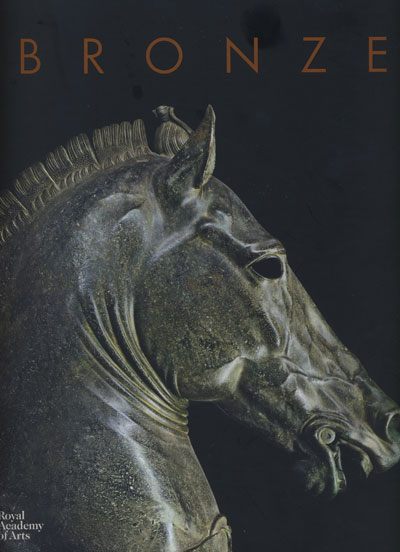 Ed. David Ekserdjian
Ed. David Ekserdjian
Royal Academy of Arts, £27.95 (hardback £40)
ISBN 978-1907533297
How do you put together an exhibition that covers all regions of the world and all periods in history? Ask David Ekserdjian, curator of Bronze at the Royal Academy. He wanted to explore the medium of bronze, a metal that has come to epitomise the emergence of civilisation. Avoiding clichés of chronology and geography, he grouped the exhibits according to theme: style, subject, similarities, and contrasts. In so doing, he brought together some of the finest works of art from collections around the world: no mean feat, considering the sheer size and weight of some – like the 16th-century statues of St John the Baptist with his two companions that stood above the north door of the Museo dell’Opera del Duomo, Florence; or the reluctance of institutions to allow their most precious exhibits – like the Trundholm Chariot from the National Museum of Denmark, and the Chimera from the Museo Archeologico Nazionale, Florence – to leave their country. The result is a thought-provoking and aesthetically uplifting exhibition. While nothing beats actually seeing such awe-inspiring exhibits, the catalogue is a good second-best – as well as providing a wealth of information about these works of art, and how they relate to one another. CMc
This article is an extract from the full article published in World Archaeology Issue 56. Click here to subscribe
